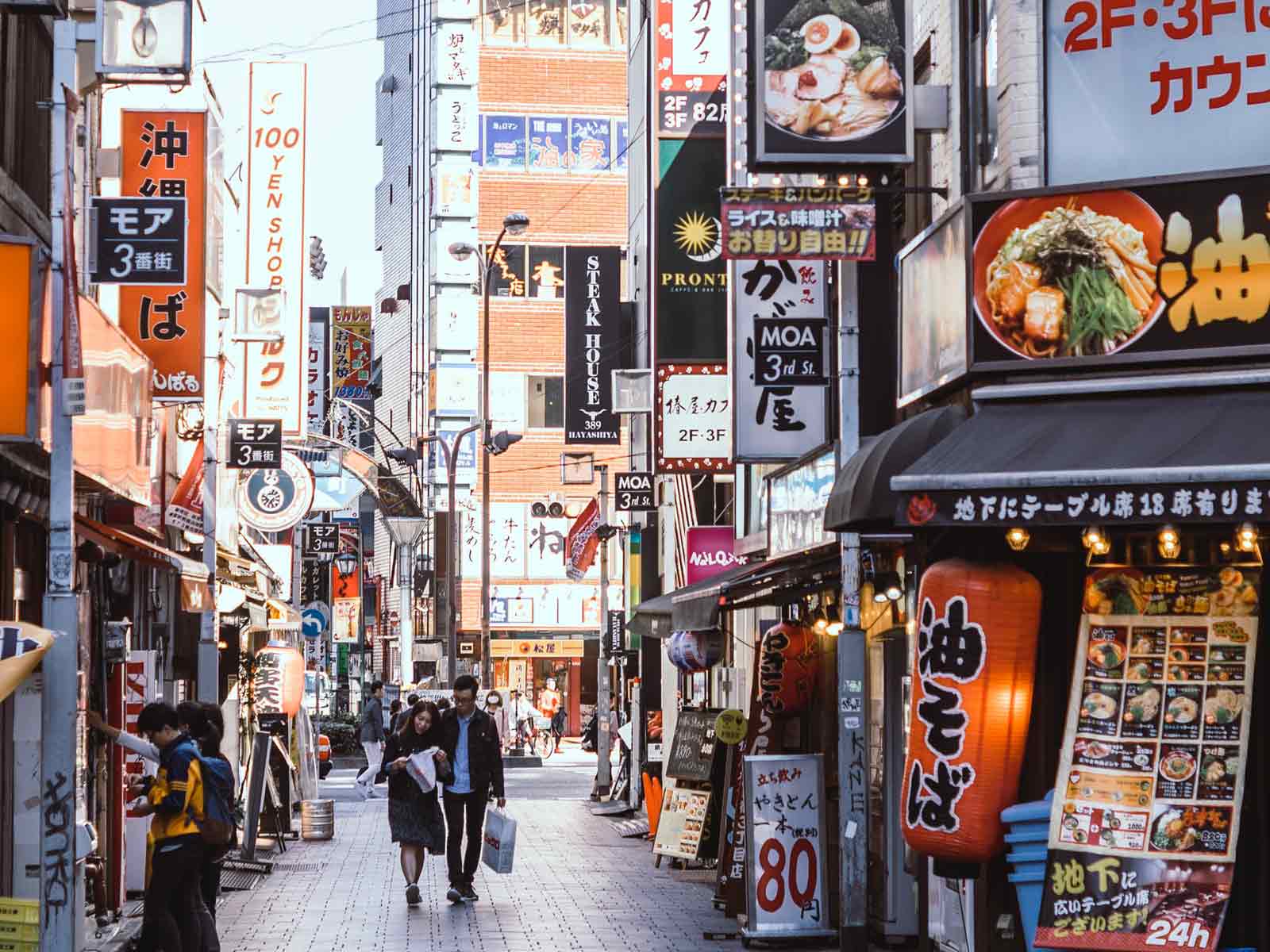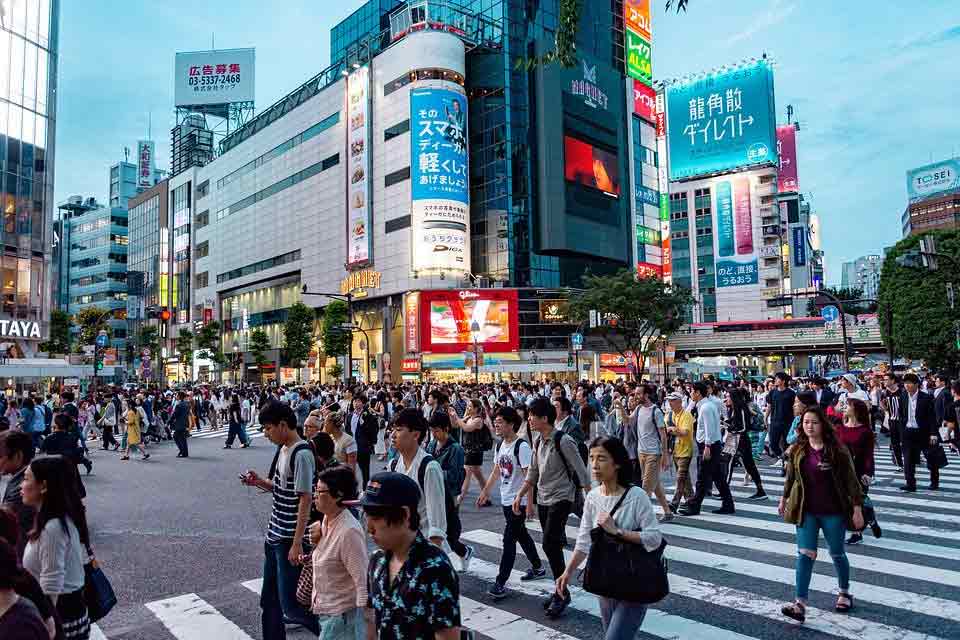According to the Henley & Partners Passport Index, Japan and Singapore both ranked first on the list, meaning that the nation’s passport bearer can access 190 countries without a visa. However, out of 126.8 million people in Japan, there were only around 17 million Japan residents visited abroad in 2019. This data did not specify that if one person went abroad multiple times over the year or 13% of the population visited overseas. Whichever it is, the question still stands, why do Japanese not take the advantage of their passports and travel a little bit further than their homebound?
Two years in a row, Japanese passport is scored first on the Henley & Partners Passport Index. According to Nikkei Asian Review, Japanese can visit 190 countries and territories without a visa, but Japan has a visa waiver program with only 68 countries, including United States of America, the United Kingdom and South Korea. In the same article, they said that the reason why many countries have visa waiver program with Japan is because “People in many places appear eager to have Japanese visit for business or pleasure, and many countries that do require a visa have relaxed or simplified approval procedures.” However, Japanese seem to be more of a homebody.
According to an article written by Quartz, only 23% of the Japanese citizen actually have a passport, adding that it is the lowest among all the G7 states, even less than the United States. The article suggested that the one big reason analysts cite is the challenge of international travel for the country’s large aging population.
On the other hand, Japan Times had an interesting theory to explain the low number of Japanese tourist. In an article written by Xiaochen Su, named “How media discourages Japan’s youth from traveling abroad”, she said that it was because of one well-received traveling guide. In the article, she pointed out that “Chikyu no arukikata (“How to Walk the Earth”) has been the best-selling Japanese travel guide for the past 35 years, with 8 million copies published…The greater lengths that [the book] devotes to potential crimes in travel destinations serve as a psychological deterrent for potential Japanese travelers and entrench an already present belief among Japanese youths about foreign countries being significantly more dangerous than Japan, with Japanese travelers targeted by criminals.” But can one book have so much influence on Japanese? After all those years, people are still too scared to travel outside of Japan because of a book?
However, the article also said that language barriers and lack of communication skills could be contributing factors to the low number of outbound travelers. Like Xiaochen Su described, “Foreign travelers visiting Japan often speak of how different the country is from any other country they have ever visited. ‘It is as if they live on another planet,’ travelers might say, referring to idiosyncratic habits and mentalities they have not encountered elsewhere.” Maybe Japanese people are too used to living in their own way, making meeting different cultures such a difficult task.
However, another article written by the Nippon points out that there is a group of young Japanese women led the way in overseas travel, adding that in 2018, there were a 6% year-on-year increase. By segment, according to the article, women aged 20-24 is the largest group of travelers. The popular travel destinations include South Korea, Taiwan, Hong Kong and Macau. The article also pointed out that the increase could be caused by “the spread of low-cost carriers linking Japan to major cities, the popularity of Korean pop culture, and the ease of booking flights and hotel rooms online.”
Despite of the low-rate of travelers visiting abroad, Japan remains to be one of the most visited countries. According to the United Nations World Tourism Organization, international tourism in Japan increased by 250% between 2012 and 2017. The trend will likely to continue with the 2020 Tokyo Olympic Games.
With so many foreigners visiting Japan next year, maybe it is time for them to go abroad and take a breather from the crowd.










































